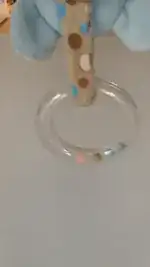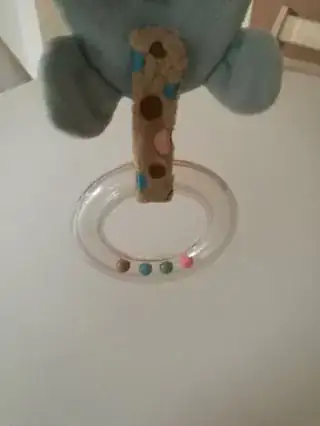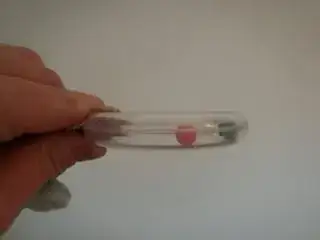Here's a gif showing how the balls move when I move the rattle. The circular tube hangs vertically, with the balls on the bottom. There are more images in the bottom.
- The balls roll freely inside the tube
- The inner diameter of the tube is larger than the diameter of the balls
- I have tried taking an external magnet close to it, but the balls aren't affected by it.
What makes these balls repel each other?
As you can see from the image below, the diameter of the balls is smaller than the inner diameter of the tube (it is identical if I flip it).
Edit: Here's a gif showing what happens if I leave it be for a while, then shake it. Looks like knzhou is right.


